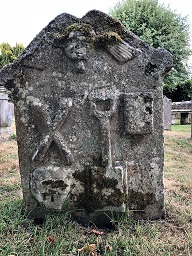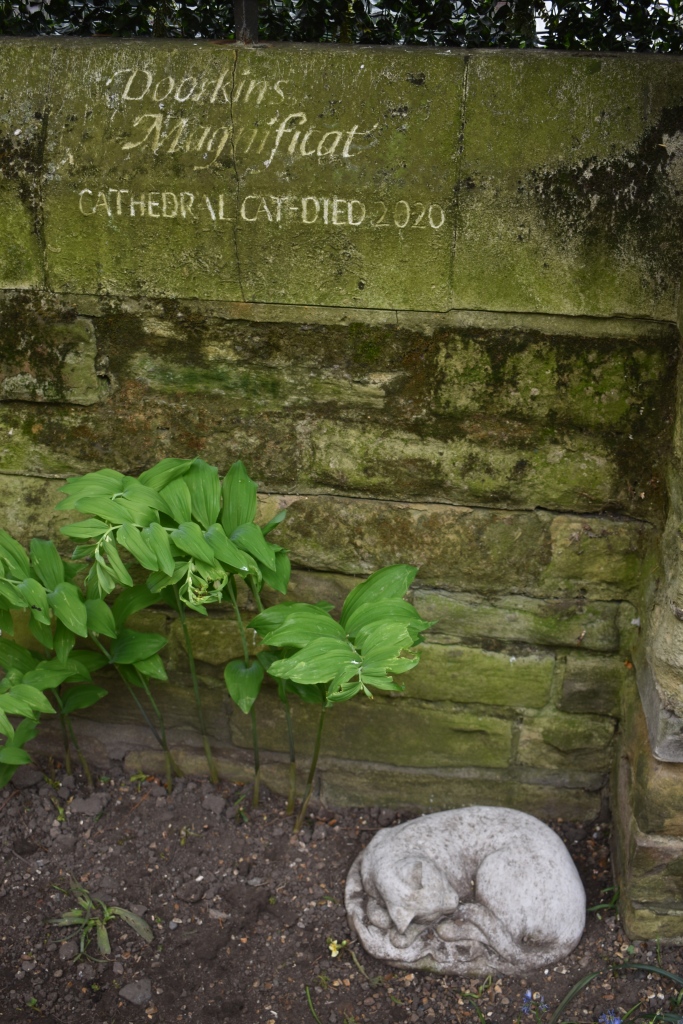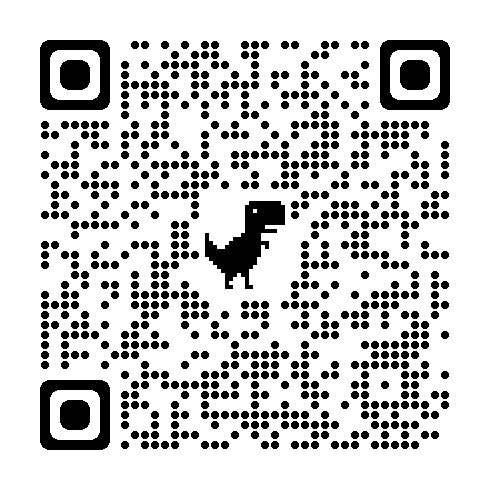
The tools of the trade refer to those used by the church sexton in his duties of maintaining the local churchyard. The word ‘sexton’ is derived from the Latin word ‘sepeliarus’ which roughly translates as ‘the custodian of sacred objects’. He or she is an officer of the church, a member of the congregation and is also in charge of conserving the church buildings.
The sexton’s tools can include:·
- A spade or shovel·
- A turf cutter which is recognisable by its triangular blade·
- A pickaxe
On headstones, these can often be depicted either on their own or crossed and are reminders of mortality as they are connected with the dead. I used to think that they only appeared on the headstones or memorials of gravediggers but this hasn’t proved to be the case. Instead they appear to be a form of memento mori and a reminder of the viewer’s ultimate destination. However, there are variations as in this one on the headstone of Ann Baker in the churchyard of St Nicholas, Sevenoaks. In this combination of symbols, a coffin takes centre stage as it appears to either be rising ominously out of the ground or is being deposited into it.

The epitaph states that she was the wife of Stephen Baker and there is a headstone with that name on it nearby. There is a nicely carved skull on it and I wondered if, as Ann’s symbols are larger and appear to be professionally carved, that perhaps the family had gone up in the world.

This fine example comes from St Peter’s, Falstone, Northumberland and displays several key mortality motifs. These are: a spade or shovel, a book, perhaps the Bible or a prayer book, a skull and crossbones and a winged angel at the top.
The photo below shows a skull with a tool amongst other motifs and comes from the churchyard of Rochester Cathedral in Kent.

I have found two other magnificent examples online in Edinburgh and Northumberland churchyards
However, sextons have another claim to fame as they also appear in literature and plays. For example, in Shakespeare’s Hamlet, Act V, Scene 1, the two gravediggers who are digging Ophelia’s grave debate whether she should have a Christian burial as she is a suicide. Later in the same scene, a sexton unearths Yorick’s skull giving rise to one of Hamlet’s most famous lines:
‘Alas, poor Yorick, I knew him well.’
Several famous rock singers have worked as grave diggers including Joe Strummer, Dave Vanian of the Damned and Tom Petty . However, apparently the claim that Rod Stewart was one is only an urban myth.
Charles Dicken featured a sexton, Gabriel Grub, in a ghost story that appeared in The Pickwick Papers called ‘The Goblin and the Sexton’. Gabriel is not a happy man. On Christmas Eve, he walks along Coffin Lane to the churchyard to finish digging a grave which is to be used the next day. Along the way he takes out his ill temper on a boy singing a Christmas carol and then meets the Goblin sitting cross legged on a headstone. This Christmas night will change Gabriel’s life forever. According to the Victorian web this story was Dickens’ version of Rip Van Winkle and is an example of ‘a curmudgeon chastised.’

It seems appropriate that sexton’s tools should feature so prominently in some churchyards. After all, he or she is the last person to take care of your remains after death; whether you are buried or your ashes are deposited in the graveyard and also the preservation of your memorial if you have one.
©Text and photos Carole Tyrrell unless otherwise indicated
References
http://headstonesymbols.co.uk/ngg_tag/sexton-tools/
https://en.wikipedia.org/wiki/Gravedigger
http://www.victorianweb.org/art/illustration/phiz/pickwick/24.html
https://familychristmasonline.com/stories_other/dickens/gabriel_grub.htm








